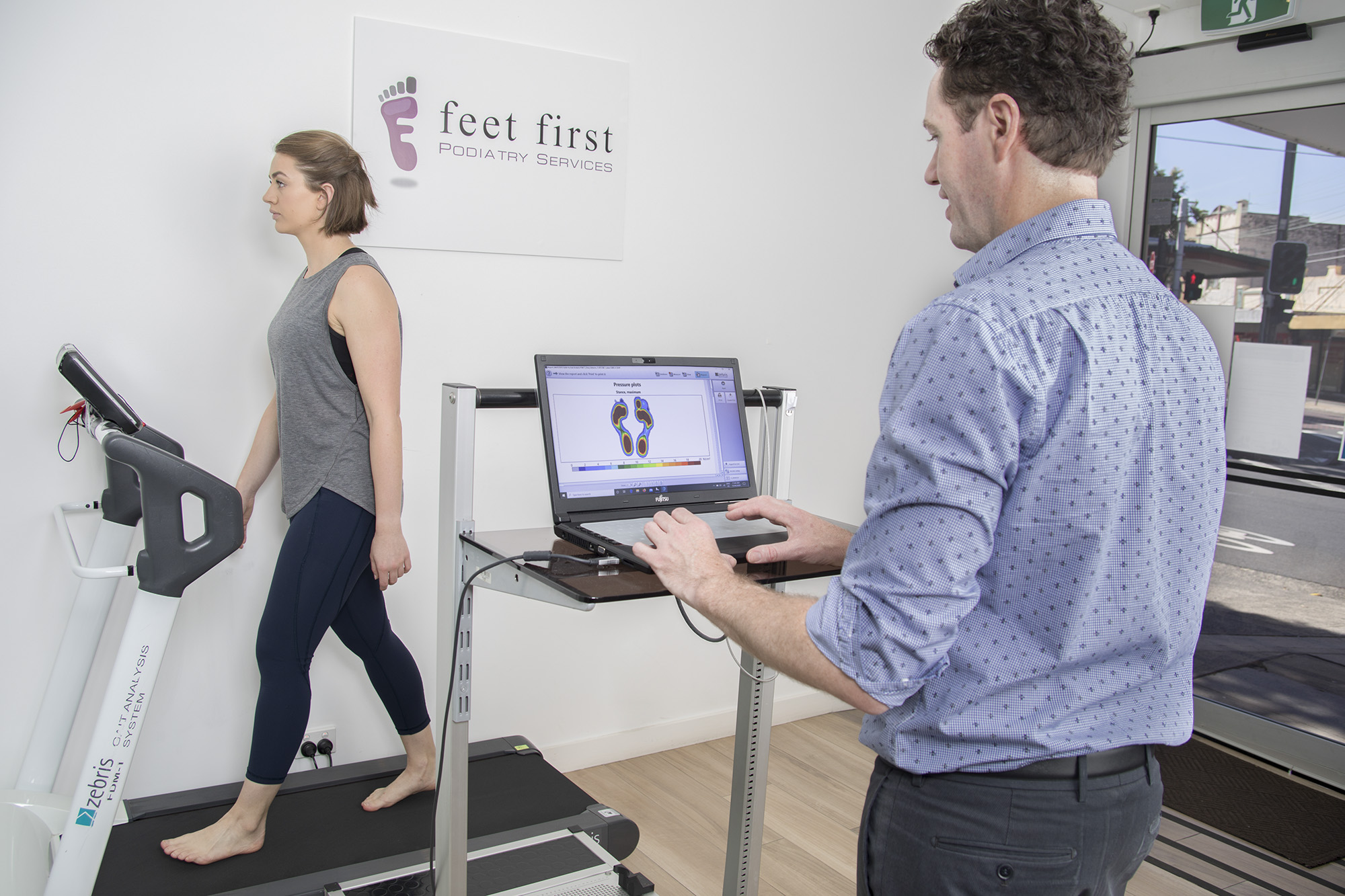Biomechanical Assessment & Gait Analysis
A biomechanical assessment, to the trained eye, reveals how your muscles and joints work together to facilitate movement.
It focuses on the mechanics of the body and can identify whether your feet, legs or hips are affecting your day to day activities or wellbeing. A biomechanical assessment allows us to not only treat the symptoms but also the cause of the issues, and helps us to formulate a short and long term plan to not only remove or reduce your pain, but to improve how your body stands and moves to improve your overall health.
How do I know if I might need one?
A biomechanical assessment could be beneficial for anyone with:
- Any lower limb pain from the toes to the pelvis
- Lower back pain
- Pain in feet or knees
- Diabetes
- Bunions or ingrown toe nails
- Participation in a high level of sporting activity
- Experience of pain in lower joints whilst exercising/walking
Before your biomechanical appointment:
- A biomechanical is a 1hr long appointment
- Bring along any x-rays or documents which may help us identify the best treatment for you
- Please wear sports clothing such as shorts or tight fitting gym gear for the assessment (so the podiatrist can easily see your ankles, feet and knees as you stand and walk)
- Bring along a few pairs of shoes you wear most of the time (casual, work, sports)
During:
- The podiatrist will go through your medical history and the presenting problem
- They will conduct a postural analysis as well as a movement analysis to see how you walk
- If you have any questions, ask away!
After:
The podiatrist will develop a treatment plan which could include:
- Exercises to reduce discomfort and help stretch or strengthen the muscles
- Dry Needling and mobilisation
- Orthotics
- Ultrasound, taping
- Shockwave therapy
- the provision of aids or splints






